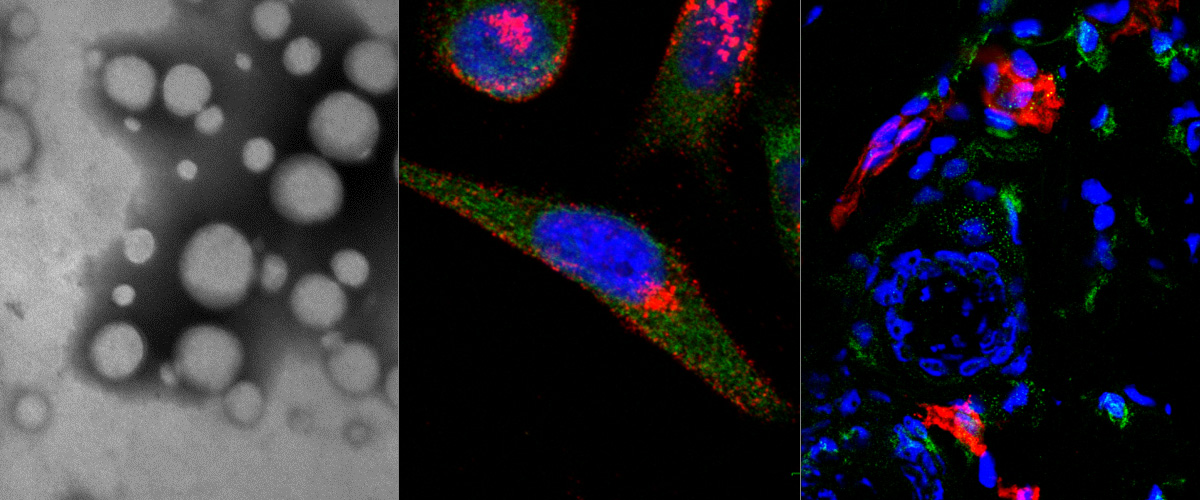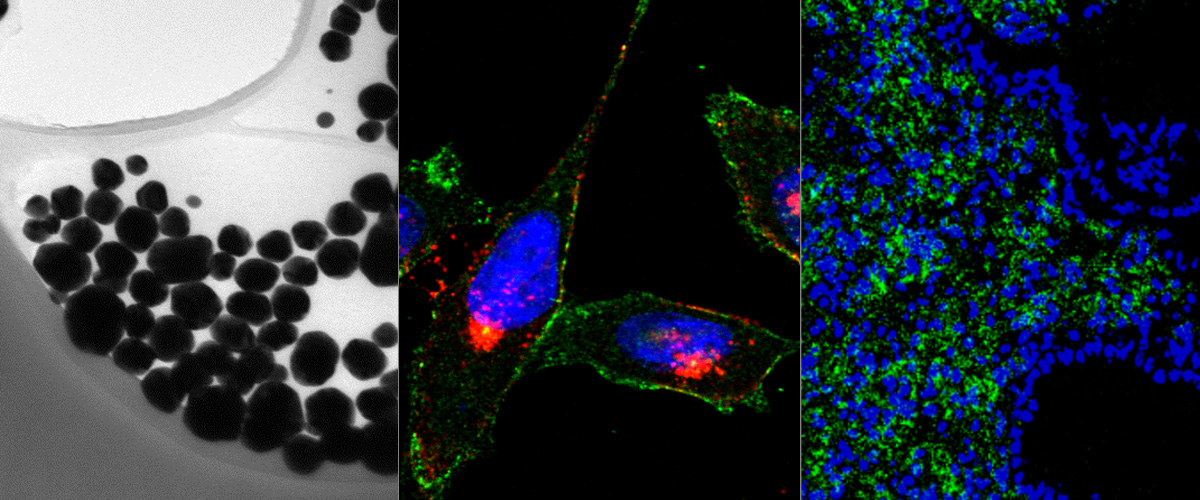In November of 2020 our team participated in two high-profile studies in Science that demonstrated that as SARS-CoV2 coronavirus matures, an enzymatic event causes the virus to present a specific peptide motif (C-end Rule or CendR peptide), and makes it accessible to bind with a widely-expressed class of mammalian NRP receptors. These reports focused on experiments to rigorously demonstrate the link between SARS-CoV2 and NRP-1, and we did not have sufficient space to discuss what we see as a fascinating and impactful emerging theme, namely that the NRP-1 pathway appears to influence viral infections in a generalized and widely-applicable manner.
In the current PNAS Perspective entitled “A widespread viral entry mechanism: The C-end Rule motif-neuropilin receptor interaction”, together with Drs Giuseppe Balistreri and Yohei Yamauchi (virologists at University of Helsinki and Bristol, respectively) we outline data-driven hypothesis and “connect the dots” to suggest that it is possible (and, indeed, likely) that NRP plays a critical role in infectivity and spread of multiple human pathogenic viruses. This model is seemingly relevant for any virus whose life cycle includes processing by the furin family of proteases, and that list includes a wide range of viruses that pose significant global health concerns, such as Influenza H5N1, Ebola, Dengue, Zika, West Nile, Yellow fever virus, Human Immunodeficiency virus, Hepatitis B virus, and Human Papilloma Virus.
An essential therapeutic implication of this concept is that a generalized approach to elicit pharmacological interference with the CendR/NRP-1 axis may offer an opportunity to attenuate the infectivity of all of these viruses!
We continue working on development of the further insight into the CendR/virus axis.
Reference: Proc Natl Acad Sci U S A, . 2021 Nov 16;118(49):e2112457118. A widespread viral entry mechanism: The C-end Rule motif-neuropilin receptor interaction. Giuseppe Balistreri, Yohei Yamauchi, Tambet Teesalu





